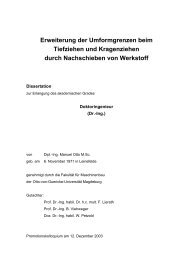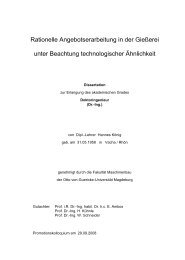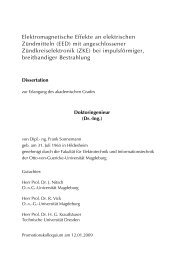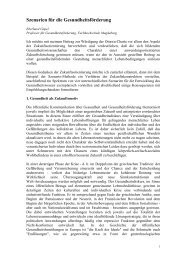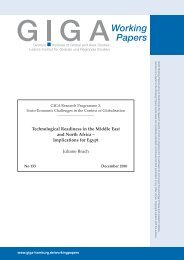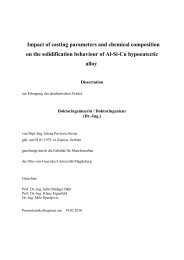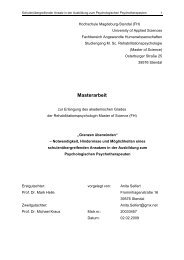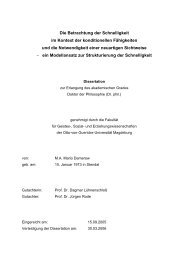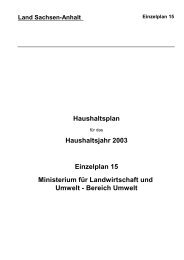Chapter 1
Chapter 1
Chapter 1
You also want an ePaper? Increase the reach of your titles
YUMPU automatically turns print PDFs into web optimized ePapers that Google loves.
ented economy The growth of exports is about 50 percent improvement, and it estimates the growth impact of several<br />
higher in the high-growth scenario than in the moderate- policy measures, as determined by the cross-country empirgrowth<br />
case, and the growth of imports about 35 percent ical analysis. The main elements that contributed to<br />
larger. The corresponding higher share of exports to GDP, improved growth in Tunisia were estimated to be: (1) an<br />
together with a greater reliance on both national savings and increased openness of the economy, (2) a reduction in price<br />
foreign direct investment to finance the current account distortions, (3) improvement in population health indicadeficit,<br />
renders Tunisia's external position under the high- tors, (4) advancement in the level of education, and (5)<br />
growth scenario even more secure than that of the moder- financial deepening. All these elements significantly<br />
ate-growth case. increased the economy's total factor productivity. Given<br />
that physical capital investment as a ratio to GDP was lower<br />
Conclusions in 1987-94 than in 1981-86, the rise in total factor productivity<br />
was the main source of the improved growth perfor-<br />
In the mid-1980s, several prominent economists began mance in the reform period.<br />
focusing their attention on how long-run growth is enhanced Conditional on a timely completion of the reform proby<br />
socioeconomic developments and government policies. gram, real GDP is projected to grow at an average of 6.2 per-<br />
This theoretical and empirical research uses cross-country cent in the next nine years. It is estimated that about one-third<br />
data to measure to what extent different structural reforms of the growth improvement during 1987-94 would be<br />
promote economic growth. Their main conclusion is that explained by a larger investment rate. Thus, most of the<br />
economic growth is maximized when the incentives to invest growth improvement would come through a further rise in<br />
in physical and human capital as well as in technological total factor productivity, generated by both stronger market<br />
innovation are determined by free-market forces. incentives for private activity and more efficient public ser-<br />
Governments assist this process by providing an environ- vices. Given the environmental constraints facing Tunisia,<br />
ment of macroeconomic and political stability and the agriculture's share in total production is projected to decrease<br />
appropriate public infrastructure. in the coming years at the same time as manufacturing and<br />
This work has been applied to the case of Tunisia, by nongovernment services (with a slightly decreased role for<br />
comparing per capita GDP growth improvements during tourism) become the leading growing sectors. Tunisia's exter-<br />
1981-86 (the period prior to undertaking adjustment nal position would remain sustainable, particularly under the<br />
reforms) and 1987-94 (the period during which structural high-growth scenario, as private savings respond favorably to<br />
reforms have been under implementation). The analysis financial sector reforms and as the share of exports in GDP<br />
compares the predicted improvement with the actual rises due to Tunisia's enhanced international competitiveness.<br />
50 TuNisi4's GLOB.AL bITEGRATION AND SUSTAINABLE DEvELoPMENT STRATEGIC CHOICES FOR THE 21ST CENTJRY




